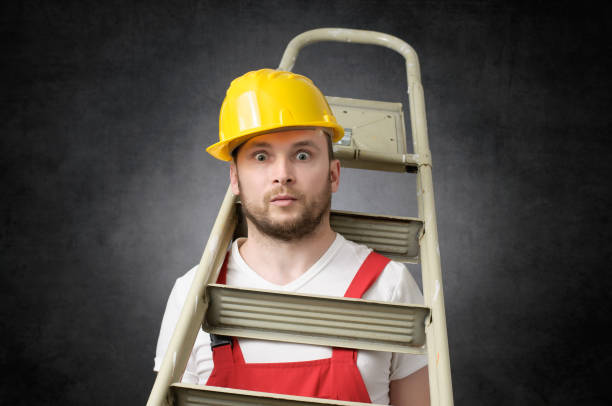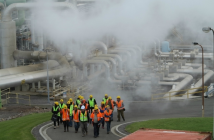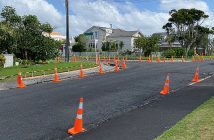Even where a worker does something ‘stupid’, legislation would still expect the business has identified that ‘act of stupidity’ as a risk and therefore placed suitable controls around it, just as with any other risks identified, Health and Safety Consultant Jason Shepherdson explains

Where Critical Risks are concerned, the obligations stay with the Person(s) Conducting a Business or Undertaking (PCBU) that controls the risk.
As an example: Where a worker comes to work under the influence of drugs. Workers are fully aware that they should not enter the workplace under the influence, they also know that most recreational drugs are forbidden and against the law.
However, legislation still expects a business that has identified that risk (drugs) to then control that risk – in this case that a worker could come into the workplace at any time under the influence.
The business is obligated to ensure in specific safety sensitive roles or sites, that controls (ie. random drug testing) are in place to ensure risk is controlled.
In the above example, a helicopter charter business employing pilots would almost certainly assess the risks as Critical Risk Control – the risks are significant and cannot be left to chance.
In the same understanding, if that helicopter charter business then ignored that control and for instance never conducted any random tests – could certainly be deemed negligent and would be extremely difficult to defend post serious incident/event.
Relying on common sense is not a defence in a court of law. Why? Because it’s not measurable.
Examples exist where on face value reading an article regarding a serious injury or fatality, the reader is heard muttering under their breath “Oh my, this is the world gone mad. Why would the business be prosecuted for a clear example of tom-foolery or lack of common sense?”
As a case study, a cookie-making company had a tiled kitchen/mixing room that had a large stainless mixing bowl in the centre, with a spindle coming out the ceiling in the centre of the room with two large paddles that mixed commercial quantities of cookie-dough.
Each week the bowl and paddles were removed, leaving just a spindle with a plate flange at the bottom that held the paddles when fitted. A worker would isolate and lockout the power. Then two cleaners would wheel the bowl out the room, remove the paddles and waterblast the entire room.
A post-incident investigation report found that the two workers seemingly agreed to see if one of them could stand on the plate flange, hold on tight while the other worker flicked the spindle back on, with the challenge of “how long do you think you can hang on for?”.
The worker climbed on the spindle and the other worker flicked the switch – the result was that the spindle didn’t even complete a full revolution before the worker was thrown off against the hard tiled wall, sustaining serious leg, hip, and chest injuries.
When WorkSafe NZ investigated the incident, they found that during the previous two weeks, the supervisors check list had noted the padlock was damaged, but no further action had been taken.
Prosecution argued that ‘if’ the company had maintained their Critical Control Checks (ie. padlock in good working order) then whilst foolish, these two workers would not have been able to proceed with the action they took.
Summary
When identifying and assessing High/Critical Risks (those that can seriously injure or kill someone), then the greater the risk, the greater the controls that should be in place, and the more frequent the checks should be to monitor the controls are in place and working as intended.
Everything is not equal where risk is concerned.







